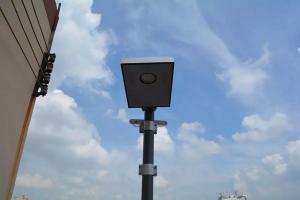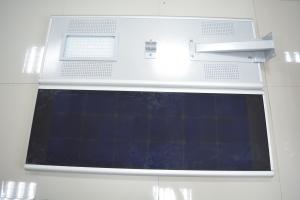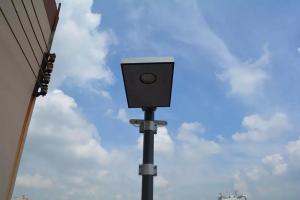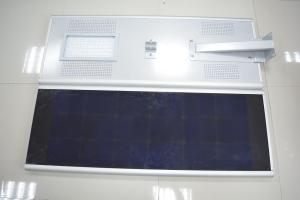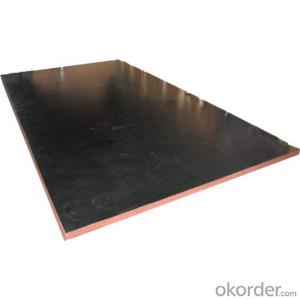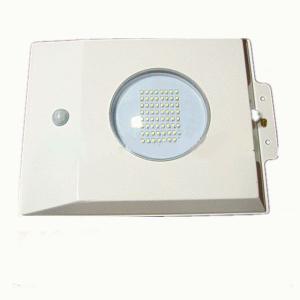One Solar Inverter
One Solar Inverter Related Searches
Best Inverter Solar Panel Solar Panel On Roof Rack Inverter To Solar Panel Ratio Solar Panel Decking Lights Solar Panel Inverter Box 1000 Watt Solar Panel Inverter 12 Volt Solar Panel Inverter Plastic Solar Lanterns Buy Solar Panel Inverter Solar Panel Inverter CostHot Searches
Type Of Inverter For Solar Types Of Inverter For Solar Used Solar Inverter For Sale Inverter Size For Solar System Solar Edge Inverter For Sale 5kw Solar Inverter For Sale Solar Inverter For Sale Solar Inverter For Battery Solar Inverter For Split Ac Solar Inverter For Laptop Solar Inverter For Fridge Solar With Inverter Price Solar Inverter With 2 Battery Solar Inverter Price In China Best Solar Inverter In China Solar Inverter Price In Dubai Solar Inverter Price In Uae Solar Inverter Price In Kenya Solar Inverter Price In Kerala Solar Hot Water Collectors For SaleOne Solar Inverter Supplier & Manufacturer from China
Okorder.com is a professional One Solar Inverter supplier & manufacturer, offers integrated one-stop services including real-time quoting and online cargo tracking. We are funded by CNBM Group, a Fortune 500 enterprise and the largest One Solar Inverter firm in China.Hot Products
FAQ
- A solar inverter handles varying solar irradiance levels by continuously monitoring the incoming solar power and adjusting its output accordingly. It employs a maximum power point tracking (MPPT) algorithm that optimizes the energy conversion from the solar panels to the desired AC power output. When solar irradiance levels fluctuate, the inverter dynamically adapts to ensure the maximum power is extracted from the solar panels. This allows for efficient energy conversion and maximum utilization of the available solar power.
- A solar inverter handles power factor optimization by using advanced control algorithms to adjust the phase relationship between the voltage and current supplied by the inverter. This allows the inverter to operate at a power factor close to unity, which maximizes the efficiency and performance of the solar power system.
- Solar grid inverter does not merge into the grid, direct access to the load to the load power supply?
- Which depends on the grid inverter in the absence of the grid there is no independent operation of the function of the general grid inverter is the current type, only responsible for the power to the grid, the voltage is maintained by the grid,
- Yes, a solar inverter can be connected to a generator. This allows the solar energy system to work in conjunction with the generator, providing additional power when the solar energy is insufficient or unavailable. The generator serves as a backup power source, ensuring a continuous supply of electricity.
- Yes, a solar inverter can be used in a stand-alone solar system. Solar inverters are essential components in stand-alone solar systems as they convert the direct current (DC) generated by solar panels into alternating current (AC) that can be used to power appliances and devices. They also help regulate and control the flow of electricity within the system, ensuring efficient utilization of solar energy.
- The role of capacitors in a solar inverter is to store and release electrical energy. They help to stabilize the voltage and current, ensuring a smooth and continuous flow of power. Capacitors also help to filter out any unwanted noise or fluctuations in the electrical signal, thus improving the overall performance and efficiency of the solar inverter.
- A solar inverter handles voltage and frequency variations caused by sudden load changes by continuously monitoring and adjusting its output. It uses advanced control algorithms to maintain a stable voltage and frequency, even during sudden load fluctuations. The inverter quickly responds to changes in load demand by adjusting the power output and employing a feedback control system that regulates voltage and frequency within acceptable limits. This ensures that the connected devices receive a stable and reliable power supply regardless of sudden load changes.
- Yes, a solar inverter can be used in a solar-powered street lighting system. A solar inverter is responsible for converting the direct current (DC) produced by solar panels into alternating current (AC) that can be used to power the street lights. Therefore, it plays a vital role in ensuring that solar energy is efficiently utilized in the lighting system.













